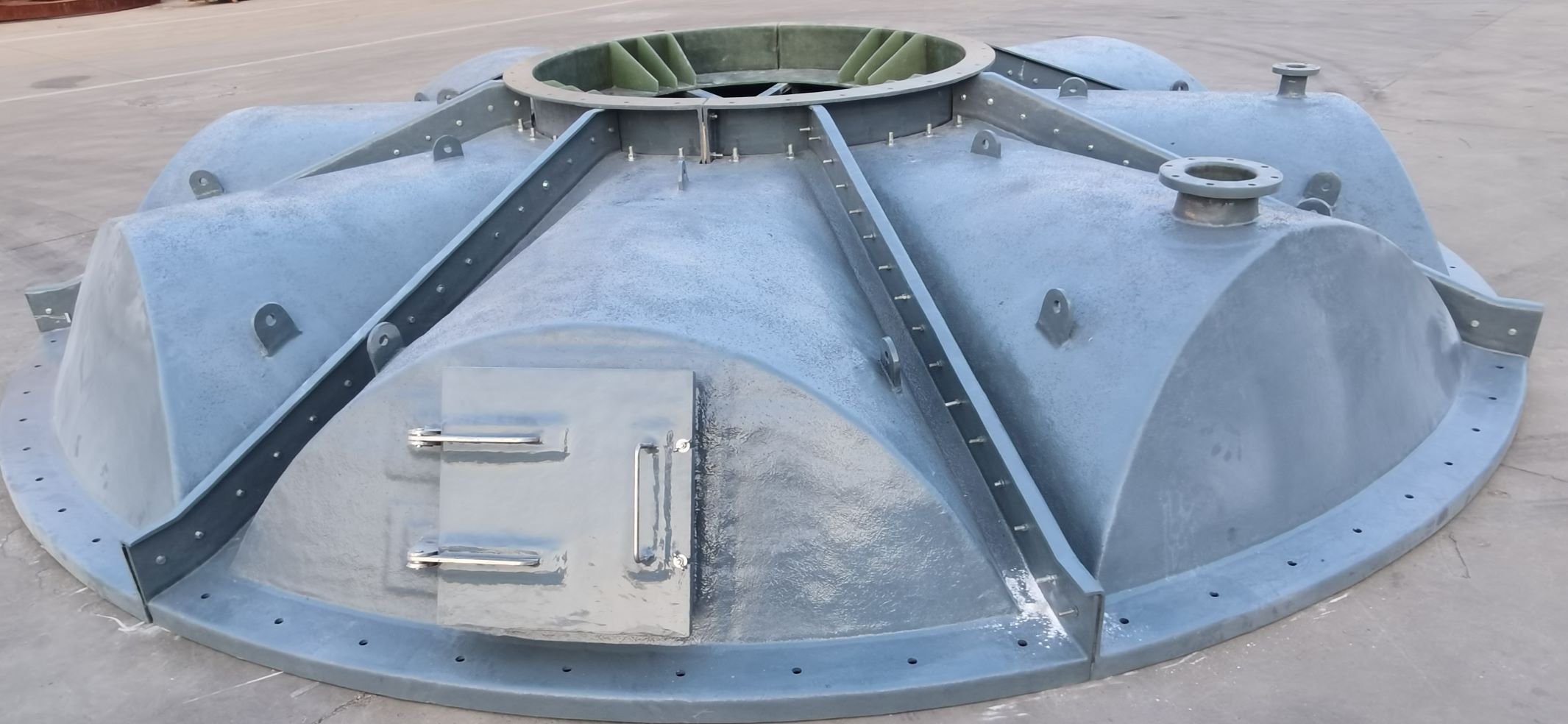
-
 Afrikaans
Afrikaans -
 Albanian
Albanian -
 Amharic
Amharic -
 Arabic
Arabic -
 Armenian
Armenian -
 Azerbaijani
Azerbaijani -
 Basque
Basque -
 Belarusian
Belarusian -
 Bengali
Bengali -
 Bosnian
Bosnian -
 Bulgarian
Bulgarian -
 Catalan
Catalan -
 Cebuano
Cebuano -
 China
China -
 China (Taiwan)
China (Taiwan) -
 Corsican
Corsican -
 Croatian
Croatian -
 Czech
Czech -
 Danish
Danish -
 Dutch
Dutch -
 English
English -
 Esperanto
Esperanto -
 Estonian
Estonian -
 Finnish
Finnish -
 French
French -
 Frisian
Frisian -
 Galician
Galician -
 Georgian
Georgian -
 German
German -
 Greek
Greek -
 Gujarati
Gujarati -
 Haitian Creole
Haitian Creole -
 hausa
hausa -
 hawaiian
hawaiian -
 Hebrew
Hebrew -
 Hindi
Hindi -
 Miao
Miao -
 Hungarian
Hungarian -
 Icelandic
Icelandic -
 igbo
igbo -
 Indonesian
Indonesian -
 irish
irish -
 Italian
Italian -
 Japanese
Japanese -
 Javanese
Javanese -
 Kannada
Kannada -
 kazakh
kazakh -
 Khmer
Khmer -
 Rwandese
Rwandese -
 Korean
Korean -
 Kurdish
Kurdish -
 Kyrgyz
Kyrgyz -
 Lao
Lao -
 Latin
Latin -
 Latvian
Latvian -
 Lithuanian
Lithuanian -
 Luxembourgish
Luxembourgish -
 Macedonian
Macedonian -
 Malgashi
Malgashi -
 Malay
Malay -
 Malayalam
Malayalam -
 Maltese
Maltese -
 Maori
Maori -
 Marathi
Marathi -
 Mongolian
Mongolian -
 Myanmar
Myanmar -
 Nepali
Nepali -
 Norwegian
Norwegian -
 Norwegian
Norwegian -
 Occitan
Occitan -
 Pashto
Pashto -
 Persian
Persian -
 Polish
Polish -
 Portuguese
Portuguese -
 Punjabi
Punjabi -
 Romanian
Romanian -
 Russian
Russian -
 Samoan
Samoan -
 Scottish Gaelic
Scottish Gaelic -
 Serbian
Serbian -
 Sesotho
Sesotho -
 Shona
Shona -
 Sindhi
Sindhi -
 Sinhala
Sinhala -
 Slovak
Slovak -
 Slovenian
Slovenian -
 Somali
Somali -
 Spanish
Spanish -
 Sundanese
Sundanese -
 Swahili
Swahili -
 Swedish
Swedish -
 Tagalog
Tagalog -
 Tajik
Tajik -
 Tamil
Tamil -
 Tatar
Tatar -
 Telugu
Telugu -
 Thai
Thai -
 Turkish
Turkish -
 Turkmen
Turkmen -
 Ukrainian
Ukrainian -
 Urdu
Urdu -
 Uighur
Uighur -
 Uzbek
Uzbek -
 Vietnamese
Vietnamese -
 Welsh
Welsh -
 Bantu
Bantu -
 Yiddish
Yiddish -
 Yoruba
Yoruba -
 Zulu
Zulu
Understanding FRP Fittings and Their Applications in Modern Construction
Understanding FRP Fittings A Comprehensive Overview
Fiber Reinforced Polymer (FRP) fittings have emerged as a critical component in various industries due to their unique properties and advantages. Combining strength, lightweight design, and resistance to corrosion, FRP fittings are ideal for applications in environments that challenge traditional materials like steel or plastic. This article explores the features, benefits, applications, and future trends of FRP fittings.
What are FRP Fittings?
FRP fittings are components made from fiber-reinforced polymers, which consist of a polymer matrix reinforced with fibers such as glass, carbon, or aramid. The combination of these materials results in a robust product with high tensile strength and a low weight profile. FRP fittings can take various forms, including flanges, elbows, valves, and more, tailored for specific applications across different industries.
Key Benefits of FRP Fittings
1. Corrosion Resistance One of the most significant advantages of FRP fittings is their resistance to corrosion. Unlike metal products that can rust and degrade over time due to exposure to chemicals and environmental conditions, FRP materials maintain their integrity. This characteristic makes them particularly beneficial in industries like chemical processing, wastewater treatment, and marine applications.
2. Lightweight FRP fittings are considerably lighter than traditional metal fittings. This characteristic simplifies handling and transportation, reduces installation costs, and minimizes the overall structural load of the systems in which they are integrated.
3. Design Flexibility FRP fittings can be molded into complex shapes and sizes, allowing for greater design flexibility. This adaptability enables engineers to create custom fittings that fit specific spatial and operational requirements.
frp fittings

4. Thermal Insulation Unlike metal fittings, which can conduct heat, FRP fittings provide excellent thermal insulation. This property helps maintain temperature control within piping systems, particularly in industries where temperature fluctuations can affect product quality.
5. Durability and Longevity FRP materials are designed to withstand harsh environmental conditions, including UV exposure, extreme temperatures, and chemical attacks. As a result, FRP fittings exhibit a longer service life, reducing the need for frequent replacements and maintenance.
Applications of FRP Fittings
The versatility of FRP fittings allows their use in various applications, including
- Chemical Industry In environments with caustic agents, FRP fittings effectively handle corrosive substances without degrading. - Water Treatment Facilities Their resistance to corrosion and biological growth makes FRP fittings suitable for wastewater management systems. - Marine Applications FRP’s lightweight, corrosion-resistant properties are essential for boats and offshore structures. - Construction and Infrastructure FRP fittings are increasingly used in building projects where weight savings and durability are paramount.
Future Trends
The future of FRP fittings looks promising, with ongoing advancements in material science leading to even more robust and efficient products. Innovations in manufacturing processes, like 3D printing with composite materials, could further enhance customization options. Additionally, increasing awareness of sustainability may drive demand for FRP products, as they can help reduce the carbon footprint through extended lifecycle performance and reduced material waste.
In conclusion, FRP fittings represent a significant advancement in materials technology, offering a unique combination of benefits that meet the demands of modern industries. Their ability to resist corrosion, lightweight nature, and durability make them a superior choice for various applications. As technology continues to evolve, we can expect further improvements and increased adoption of FRP fittings across a wider array of sectors.









